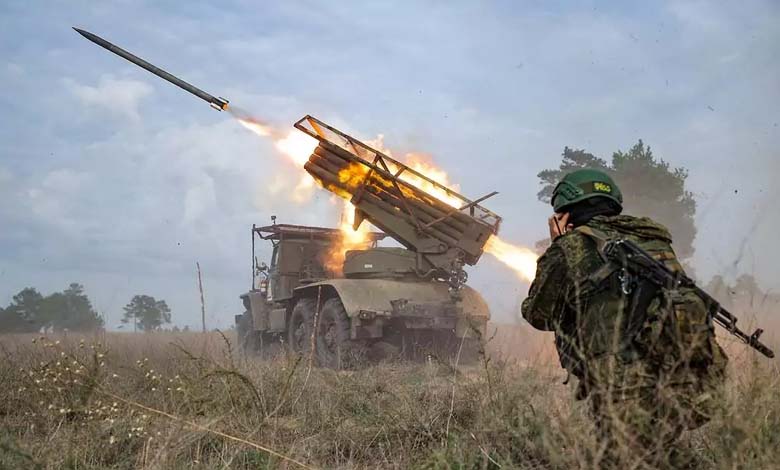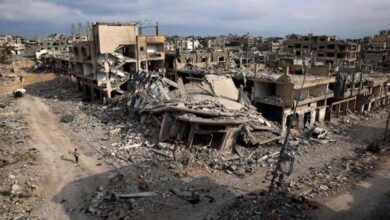Quantity and Precision: Missile Superiority Gives Russia the Edge Over Ukraine

Following last Sunday’s drone attacks, some analyses suggested a possible turning point in the trajectory of the Ukraine war.
Despite Kyiv’s claims of having inflicted serious damage on Russian airbases and strategic bombers, the attack did not substantially alter the decisive balance of power—namely, in missile capabilities.
-
Ukraine War: Kyiv Hints at Concessions in a Plan Full of Obstacles
-
Ukraine War: Russian Advance Shifts the Balance of Power and a Target Bank Ahead of Winter
The Ukrainian military described last Sunday as “perhaps the worst day in the history of the Russian Air Force.” The attacks were carried out using a barrage of drones targeting Russian airfields. Ukraine celebrated the scale and range of the coordinated strikes, estimating that more than 40 strategic bombers may have been destroyed. Russia has not disclosed any confirmed losses.
However, the claim that it was the worst day in Russian air force history is bold—and not entirely accurate. On June 22, 1941, the first day of Nazi Germany’s invasion of the Soviet Union, the German Luftwaffe destroyed at least 1,200 and possibly up to 2,000 Soviet aircraft—a far more catastrophic blow.
-
The Ukraine War drains Russian resources and affects its influence in the Mediterranean
-
War Consumes the Reserves: Ukraine Lures Gen Z with Cash and Perks
Beyond historical comparisons, Sunday’s strikes did not shift the balance of missile power, which remains tilted in Russia’s favor, according to Politico.
As Russia ramps up its production of drones and ballistic missiles, aerial warfare becomes increasingly difficult for Ukraine. Kyiv is believed to currently operate eight Patriot missile batteries, though only half are thought to be consistently operational due to maintenance and repair cycles.
Patriot missiles are Ukraine’s only means of intercepting Russian ballistic missiles, but it often takes two interceptor missiles to down a single incoming threat.
-
Behind the Fronts: An Image Sparks a Symbolic War between Russia and Ukraine
-
On the Anniversary of the War in Ukraine… Russia Fails to Understand Trump’s Plan and Sets Its Negotiation Objective
Meanwhile, according to Oleksiy Ivashchenko, head of Ukraine’s foreign intelligence service, Russia plans to manufacture nearly 3,000 long-range missiles in 2025, including 750 Iskander ballistic missiles and over 560 Kh-101 cruise missiles.
Although the exact number of Patriot missiles Ukraine possesses is a closely guarded secret, most military analysts suspect the count is under 200.
-
Third Anniversary of the War: Ukraine Caught Between Frontline Anxiety and Political Concerns
-
Zelensky: The War in Ukraine Will End on This Date
Even if Trump were to approve new shipments or allow Ukraine to purchase more batteries, Lockheed Martin—the U.S. company that manufactures them—only plans to increase annual production to about 600 missiles. And even the U.S. government is unlikely to transfer all of that supply to Ukraine.
Fundamentally, the math doesn’t favor Ukraine. That’s why Ukrainian leaders are now focusing on targeting Russian air bases hosting missile-launching bombers and missile storage facilities.
According to Politico, a repeat of Sunday’s attack may occur—but pulling it off will remain extremely challenging.
-
Intercontinental Missile Warfare: Russia Launches a Ballistic Missile at Ukraine
-
Russia and Ukraine Exchange Records in the Drone Warfare
-
Russia and Ukraine: Will the Third Winter Melt the “Ice of War”?
-
In Ukraine… A New Enemy Emerges, and Russia Bets on “Trench Warfare”
-
CNN reveals details of the deadliest Russian attack on Ukraine since the start of the war
-
Putin Ready for Nuclear War: His Stance on US Forces in Ukraine












